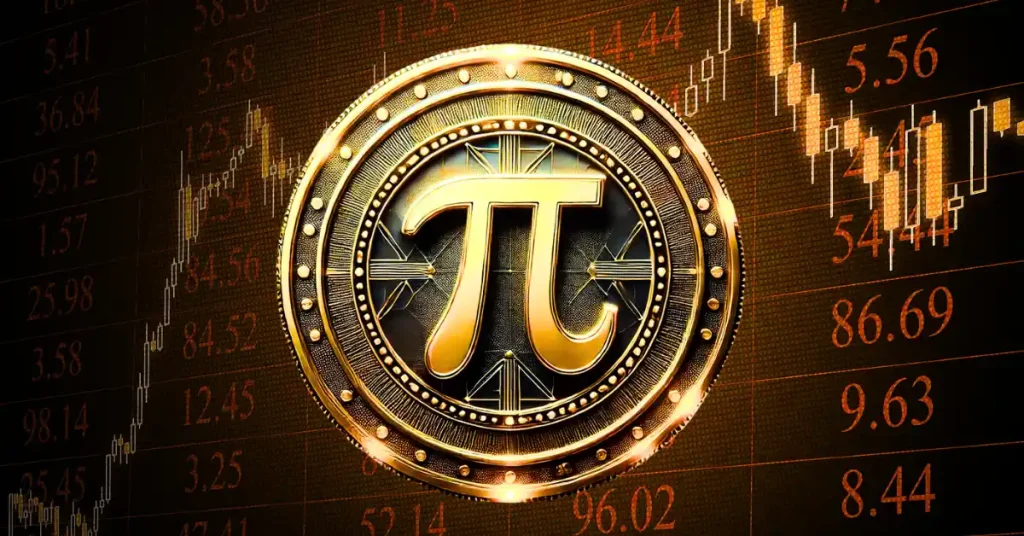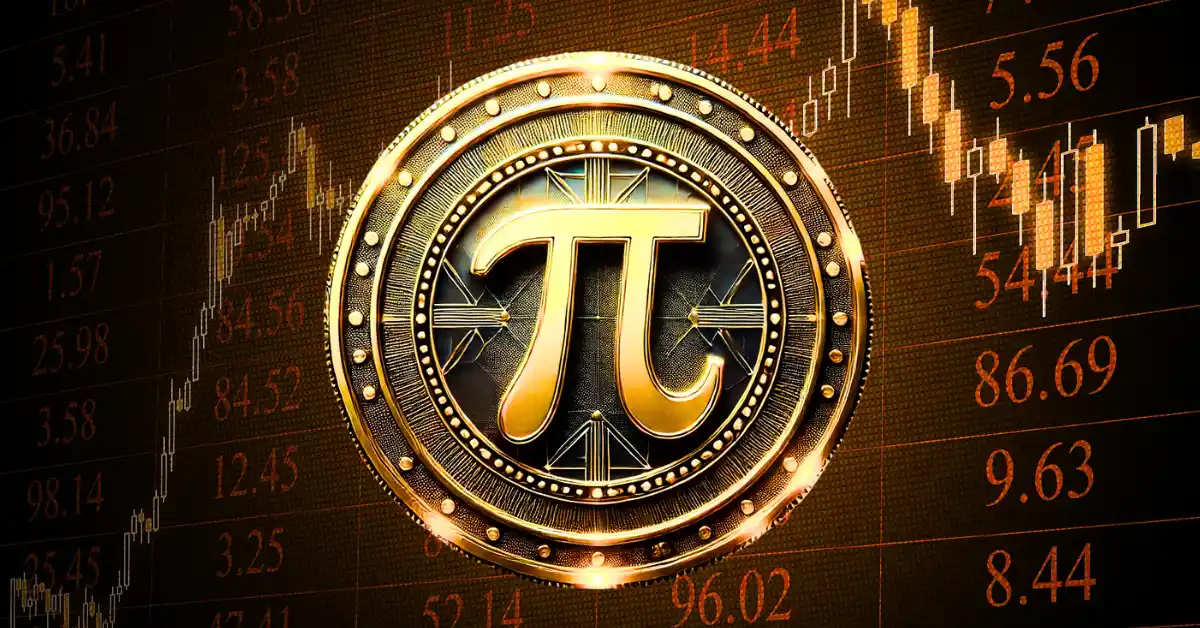
The Complex Landscape of Pi Network: Stability, Adoption, and Future Prospects
Introduction: A Cryptocurrency with Ambitious Goals
Pi Network has emerged as a unique player in the cryptocurrency space, offering users the ability to mine Pi coins directly from their smartphones. This innovative approach has sparked both enthusiasm and skepticism, as the project aims to create a decentralized and accessible digital currency for everyday transactions. However, the road to achieving these goals is fraught with challenges, particularly in the realms of price stability and widespread adoption. This report explores the intricacies of Pi Network, its aspirations, the obstacles it faces, and the expert opinions shaping its trajectory.
The Misconception of Pi as a Stablecoin
Understanding the Stablecoin Appeal
Stablecoins have gained significant popularity due to their ability to mitigate the volatility inherent in most cryptocurrencies. By pegging their value to real-world assets like the US dollar, stablecoins offer a stable medium of exchange, making them attractive for everyday transactions. This stability is achieved through various mechanisms, such as holding reserves of the pegged asset or employing algorithmic strategies.
Pi Network’s Structural Differences
Pi Network, however, does not operate under the same principles as traditional stablecoins. The project’s structure and mechanisms are fundamentally different, raising questions about its potential to become a stablecoin. Experts in the crypto space have weighed in on this issue, providing valuable insights into the project’s future.
Expert Perspectives on Pi’s Stability
Kosasi Nakamoto, a prominent figure in the cryptocurrency community, has asserted that Pi is not and will never become a stablecoin. This perspective highlights a crucial point: the Pi ecosystem’s need for stable value does not necessitate the existence of a dedicated stablecoin within the network. Instead, the focus should be on building a robust ecosystem that can provide stability and utility in other ways.
Doris Yin, another expert, has also clarified that Pi Network probably cannot be a stablecoin, at least not in the way many initially envisioned. This sentiment underscores the importance of understanding the project’s underlying principles and goals. Equating Pi Coin with a traditional stablecoin is a misunderstanding that could lead to unrealistic expectations.
The Stablecoin Squeeze: A Growing Challenge
The Rise of Stablecoins
The increasing adoption of stablecoins presents a significant challenge to Pi Network. Stablecoins have gained traction due to their price stability, backing by fiat currencies or real-world assets, and increasing regulatory support. These features make them an attractive option for users seeking a less volatile entry point into the crypto world.
Competitive Advantages of Stablecoins
The competitive edge of stablecoins lies in their ability to provide a safe and reliable medium of exchange. Features such as price stability and regulatory compliance are currently lacking in Pi Network’s model, potentially hindering its appeal to users who prioritize stability and security.
Impact on Pi Network’s Adoption
The growing popularity of stablecoins could divert attention and resources away from Pi Network, making it more challenging to achieve widespread adoption. To compete, Pi Network needs to differentiate itself and offer unique value propositions beyond simply being a cryptocurrency. This could involve focusing on its mobile-first approach, community engagement, and commitment to decentralization.
Expert Opinions: A Diverse Landscape
Positive Perspectives
Dr. Altcoin, a well-known crypto expert, has provided insights into the progress made by the Pi Network team to advance the ecosystem. While acknowledging the significant hurdles that remain, Dr. Altcoin suggests that it could take at least another 5 years before Pi Coin gains the stability, utility, and ecosystem growth required for widespread use in everyday transactions. This highlights the long-term nature of the project and the need for patience and persistence.
Critical Views
On the other hand, Bybit CEO Ben Zhou has been openly critical of Pi Coin, even labeling it a scam and stating that the cryptocurrency exchange will not list it. This stance underscores the skepticism surrounding the project and the challenges it faces in gaining acceptance within the broader crypto community. Such criticism highlights the importance of transparency, security, and legitimacy in the cryptocurrency space.
Balancing the Views
These conflicting viewpoints emphasize the need for careful evaluation and critical thinking when assessing the potential of Pi Network. While some experts see promise in the project’s long-term goals, others remain skeptical about its current state and future prospects. This diversity of opinions reflects the inherent uncertainties and risks associated with cryptocurrency projects.
Navigating the Road Ahead: Challenges and Opportunities
Addressing Price Volatility
While Pi Network may not aim to become a stablecoin, it still needs to find ways to mitigate price volatility and create a more predictable value proposition for users. This could involve implementing mechanisms to stabilize the coin’s value, such as reserve-backed models or algorithmic strategies, without fully committing to a stablecoin framework.
Building a Robust Ecosystem
A crucial aspect of Pi Network’s success will be the development of a thriving ecosystem. This includes attracting developers, merchants, and users to the Pi Network platform. A robust ecosystem can drive adoption and utility, making Pi Coin more valuable and functional in everyday transactions.
Ensuring Regulatory Compliance
Navigating the complex and evolving regulatory landscape is essential for ensuring the legitimacy and sustainability of the project. Compliance with regulations can build trust among users and investors, making Pi Network a more attractive option in the cryptocurrency market.
Gaining Exchange Listings
Gaining listing on major cryptocurrency exchanges would provide increased liquidity and visibility for Pi Coin. However, this requires addressing concerns about the project’s legitimacy and security. Achieving exchange listings can significantly boost the coin’s adoption and market presence.
Leveraging Opportunities
Despite the challenges, Pi Network has several opportunities to capitalize on. Its mobile-first approach makes it accessible to a wide range of users, including those new to cryptocurrency. The project’s strong and engaged community can be a valuable asset for driving adoption and innovation. Additionally, its commitment to decentralization aligns with the core principles of the cryptocurrency movement, which can resonate with users who value autonomy and transparency.
Conclusion: A Future Yet Unwritten
Pi Network stands at a critical juncture in its journey. The path forward is uncertain, and success is far from guaranteed. While the dream of becoming a stablecoin in the traditional sense appears increasingly unlikely, the project still has the potential to carve out a unique niche within the crypto landscape.
To realize this potential, Pi Network must focus on building a robust ecosystem, addressing concerns about price volatility, and navigating the regulatory landscape. The project’s success will depend on its ability to deliver on its promise of creating a decentralized and accessible cryptocurrency for everyday use. Whether Pi Network can overcome these challenges and achieve its ambitious goals remains to be seen. One thing is certain: the journey will be closely watched by the crypto community, and the outcomes will shape the future of decentralized digital currencies.





